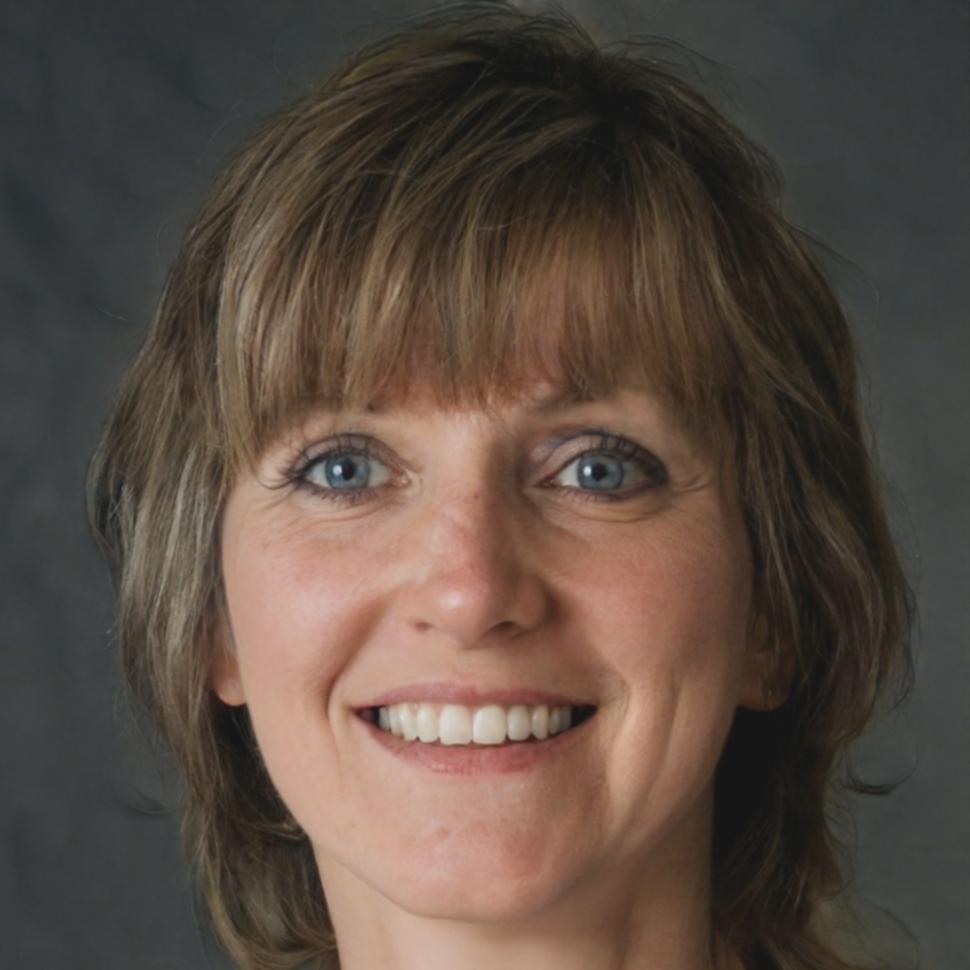Seven Years Teaching People to Read Financial Numbers
Started in 2018 with a simple idea: most businesses fail because they guess instead of forecast.
We built NeoTech Console after watching too many Taiwan-based companies make decisions based on gut feeling rather than data. Not that intuition is bad, but when you're deciding whether to hire three new people or invest in equipment, the numbers should back you up.
Our programs teach practical forecasting methods. The kind you can use on Monday morning, not theoretical models that look good on paper but fall apart when market conditions shift.
Why We Started This
Back in 2017, I spent months helping a manufacturing business create what they thought was a solid expansion plan. Everything looked good on spreadsheets. Six months later, they were scrambling because seasonal patterns they hadn't accounted for hit them hard.
That experience stuck with me. The tools existed. The data was there. But nobody had shown them how to connect the dots between historical patterns and future planning. They weren't alone in this.
So we created a training approach that focuses on pattern recognition first, then builds up to complex modeling. People need to see what the numbers are telling them before they start predicting what comes next.
Our first cohort in 2019 had eight participants. Three of them still email us quarterly updates about their forecasting results. That's the kind of long-term connection this work creates.

How We Actually Teach This Stuff
Forecasting isn't magic. It's pattern recognition combined with understanding market forces and knowing which variables actually matter for your specific situation.
Foundation Building
We start with cash flow patterns. Not because they're simple, but because they're immediate. You can see results in your own business within weeks.
- Historical data interpretation
- Seasonal adjustment techniques
- Identifying reliable patterns
- Separating noise from signals
Scenario Planning
Real forecasting means preparing for three different futures simultaneously. We teach how to build models that adapt when reality doesn't match your best guess.
- Multi-path projection methods
- Risk assessment frameworks
- Contingency trigger points
- Pivot strategy development
Implementation Focus
Theory means nothing if you can't apply it Monday morning. Every technique we teach includes specific steps for putting it into practice with your actual business data.
- Practical tool selection
- Integration with existing systems
- Team communication methods
- Regular review processes
The People Behind the Programs
Small team, deliberately. Everyone who teaches has spent years doing financial forecasting in actual businesses, not just studying it. We think that matters when you're trying to learn something practical.

Eliott Brennan
Financial Forecasting Director
Spent twelve years building forecasting models for retail and manufacturing companies before moving into education. Still consults on complex projects because teaching improves when you're actively solving current problems.
Started his career in a family logistics business where bad forecasting meant trucks sitting idle or customers waiting weeks for shipments. That experience shapes how he teaches practical application over theoretical perfection.

Lena Voss
Education Program Manager
Designs our curriculum structure and makes sure learning progresses logically. Background in both finance and adult education, which turns out to be a useful combination when teaching business owners who need results fast.
Joined us in 2020 after working with a tech accelerator where she noticed the same forecasting gaps appearing across different startups. Now focuses on creating learning experiences that stick beyond the classroom.
What Happens After Training
We track outcomes because that's what forecasting teaches you to do. Here are two recent examples from participants who applied what they learned to specific business challenges.

Distribution Business Inventory Planning
Training completed: March 2024 | Application period: 8 months
A wholesale distributor was consistently either overstocked or running out of popular items. After completing our forecasting program, they implemented seasonal demand modeling and adjusted their ordering patterns.
Results weren't instant, but by month four they had noticeably better inventory alignment. By month eight, they'd reduced emergency orders significantly and improved cash flow predictability.

Service Company Capacity Planning
Training completed: September 2024 | Application period: 5 months
A consulting firm was turning down projects because they couldn't predict staffing needs accurately. They used our scenario planning methods to create better capacity forecasts tied to their sales pipeline.
Within five months, they'd developed a system that helped them make hiring decisions six weeks earlier than before, which meant they could accept more projects without overextending their team.